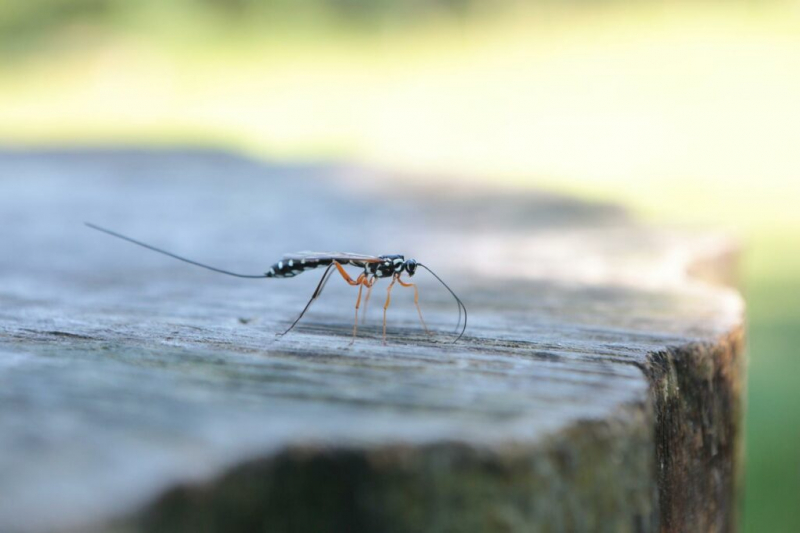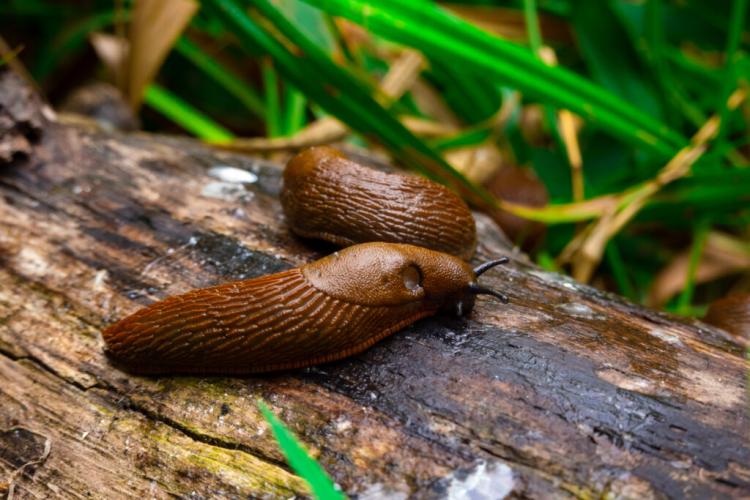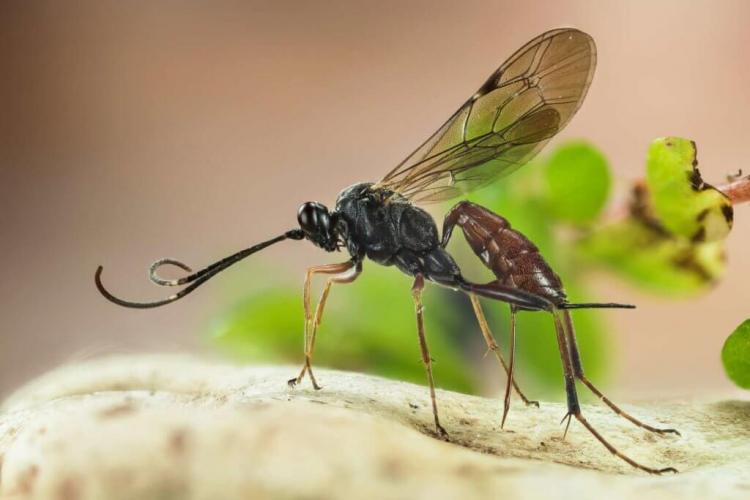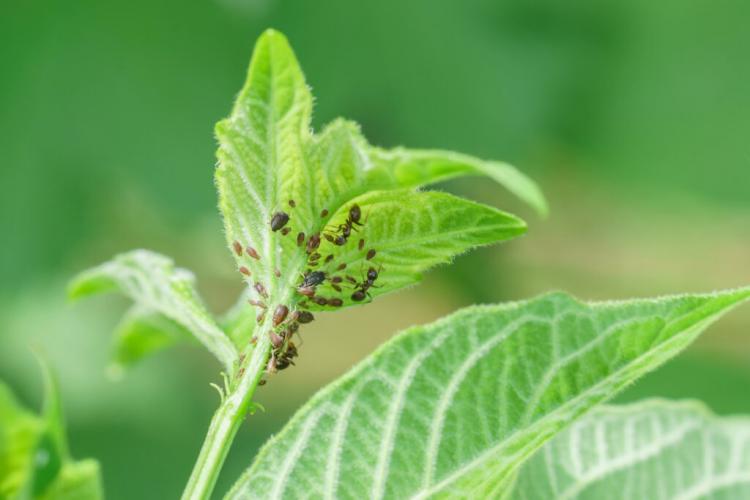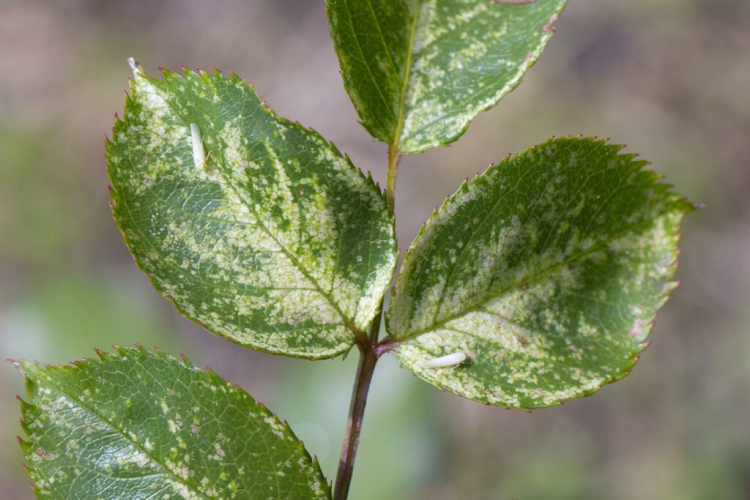Grass Mites: Protecting Dogs And Humans From Annoying Bites
Grass mites can cause unpleasant bites for humans and animals. We show how you can prevent grass mite bites and whether it makes sense to combat them. A pest that has been neglected for years and which, for once, does not attack our beloved plants but ourselves, has been an increasing problem for some time now.
In addition to humans, all warm-blooded animals such as dogs, cats, horses, and wild animals are potential targets for the tiny parasite. In warm summers, his stings ensure that dermatologist clinics are full in some areas, where patients complain of severely itchy pustules. The culprit is a relatively close relative of the tick: what is meant is the grass mite that occurs almost worldwide. However, the grass mite only lives in a very specific stage of development as a parasite, which is why the adult mites are completely harmless.
Profile of the grass mite
Table of Contents
The grass mite ( Neotrombicula autumnalis) is still a little researched pest, as the stings by the mite have only been increasing for a few years. Even if the pest has hardly been researched, there are some synonyms for the mite. It is also called hay mite, autumn mite, and harvest mite, although the name autumn mite is very misleading, as the arachnid can attack humans and animals from March to October.
During this period, the mite goes through a development cycle. The tiny mite larvae, which do not even measure half a millimeter, usually hatch from July to October from eggs, which are laid by hundreds of female grass mites. Unfortunately, it has not yet been clarified why the larvae develop explosively in some areas of the USA and other areas are spared.
In any case, it is clear that the little beasts prefer warm temperatures, and therefore the infestation strength increases in a warm summer. The orange-red larvae now need food to develop into an adult grass mite and are looking for a host for it. Small rodents such as mice are particularly happy to be parasitized, but also domestic animals such as dogs and ourselves. The very agile larvae of the grass mite climb up to 5 to 30 cm high grass and wait for their victim. The tick-like mites are supposed to recognize their host through vibrations while running and the exhaled CO2 and let themselves fall on it.
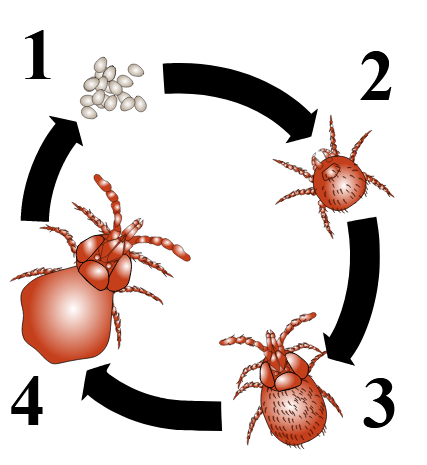
The grass mites then look for a suitable place to inject saliva with their pricking tools into the skin of the infected animal or humans. The saliva digests the skin cells around the puncture site, which is then later absorbed as a kind of cell sap by the grass mite (no blood is sucked, as is the case with ticks). The now full and satisfied grass mite drops from its host after just 4 to 8 hours. It then no longer poses any danger to humans or pets, because of the later stages of development of the grass mite predatory feed on microorganisms in the garden.
Grass mite: treat stings and symptoms in humans and animals
Because the grass mite releases its saliva into the host skin when it sticks, an unsightly skin reaction occurs. In the case of bromidrosis (skin reaction to mite bites) triggered by this, the first symptoms are noticeable 4 to 36 hours after the first bite. In humans and animals, the symptoms are usually expressed in the beginning by severe itching and with each bite, a small red wheel appears. The severity of the itching peaks after 2 to 3 days and after 8 to 14 days at the latest the itching and the small red wheels should be gone. In the case of an unfavorable course of the disease and especially when the pustules are scratched, the puncture sites can become inflamed. At this point at the latest, a doctor should be consulted. As a rule, however, the symptoms go away on their own and without complications.
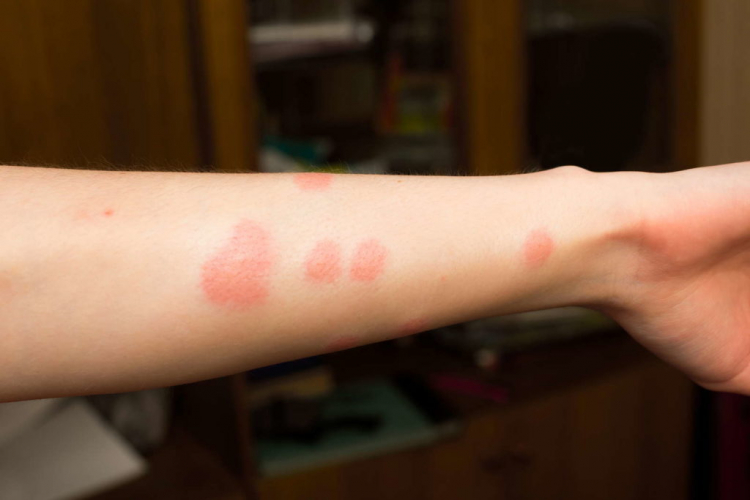
Because the symptoms appear with a delay of up to 36 hours, the mites are usually already over the top when the itching starts. You don’t have to worry about the whereabouts of the small grass mites. In the long term, the mites cannot survive in the apartment or house and transmission from animal to animal or even to humans is impossible, since grass mites only parasitize one host in their development cycle and “eat their fill”. So if you have a dog and a cat, you don’t have to worry about grass mites being passed on from the cat to the dog.
You might so like: Lawn Fertilizer For Dog Owners: What To Look For?
With us humans, the small stitches that are often found on tight clothing (belt, elastic band, underwear) are quickly identified. In the case of pets, however, you have to take a closer look. In dogs and cats, the first signs are licking the paw and repeated scratching on the same part of the body. The mites themselves can be perceived as small orange spots on the skin, and almost all parts of the body of pets can be attacked.
If the infestation is particularly severe and the animal is suffering too much, a veterinarian should be consulted. They can treat the dog or cat with antipruritic preparations so that the animal does not scratch the itchy areas any further.
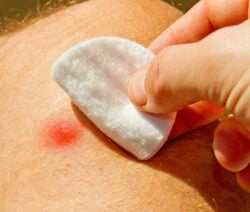
First dab the pustules with a 70% strong alcohol solution
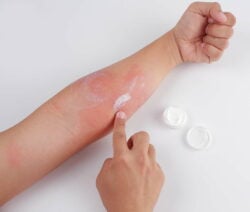
Creams can help relieve itching

You should also have your pets treated by the vet
You should definitely treat grass mite bites. To do this, the pustules are first dabbed with a 70% alcohol solution. The alcohol disinfects the problem areas and kills grass mites that are still on the skin. Then, depending on the severity of the itching, the pustules can be treated with an antipruritic preparation from the pharmacy. This is particularly recommended for children so that they do not scratch the affected areas of skin too hard. Incidentally, it has not yet been proven that the grass mite transmits diseases such as Lyme disease. For this reason, the grass mite, unlike the tick, is not considered to be a carrier of other diseases.
Grass mites: Take preventive measures to prevent stings
Since people, dogs, and cats are sometimes plagued by severe itching for days from the grass mite bites, proximity to the grass mites should be avoided. In general, the grass mite likes to stay on lawns, in parks and meadows, i.e. wherever grasses are also present. With a little trick, you can quickly test whether your garden has also been colonized by the unpleasant mites. To do this, a white tile or paper is simply placed on the grass. If grass mites are present, they are attracted by the light color and can be quickly identified by their orange-red color on the white background. Infested areas should not be stepped on, especially on warm days or if there is no other way, then only at a cool time of the day.

Take precautions and contain grass mites
Of course, you cannot always escape the grass mites, especially if your own garden is affected. As a garden owner, you can protect yourself by wearing rubber boots and closed clothing on infested areas and avoiding unnecessary contact with the ground. A quick shower and a change of clothes after entering a grass mite-infested meadow can also help avoid itchy bites.
You might so like: How To Grow Yams And Get Great Yields?
In addition, you should consider the following tips if you don’t feel like getting grass mite bites on yourself and your pets:
- Mow the lawn regularly and dispose of the clippings together with the grass mites (not on the compost!)
- So-called repellants (e.g. Autan) can be applied to both humans and animals so that the grass mite does not even get the taste
- Rodents cause grass mites to spread widely. Removing their nests and nesting sites can also lead to a decrease in grass mites.

Protect yourself from annoying pests with repellants

Your pets are also protected with special means or collars

Mow the lawn regularly and dispose of grass clippings and grass mites
Fighting grass mites with sprays makes sense?
Fighting grass mites is proving to be impractical or impractical for a variety of reasons. One reason for this is that an infestation can be detected with a white tile or paper, but it is not possible to precisely delimit the infested area. The use of pesticides would therefore have to be carried out over a large area and the nimble grass mites can quickly migrate back into your garden through the neighboring garden.
In addition, many beneficial insects can also be killed by the sprays and the use of sprays over a large area is always associated with high costs. In addition, the grass mites do not only migrate from the neighboring gardens. Some of the grass mite larvae hide in the soil where the pesticides no longer work. The use of sprays, regardless of whether they are biological or chemical, is therefore not recommended.
Up to now, there are no fully developed strategies to combat the grass mite effectively and in an environmentally friendly way. An interesting control approach would be the use of beneficial organisms such as predatory mites. It remains to be seen whether new means and methods will be developed shortly to make grass mite bites a thing of the past.


